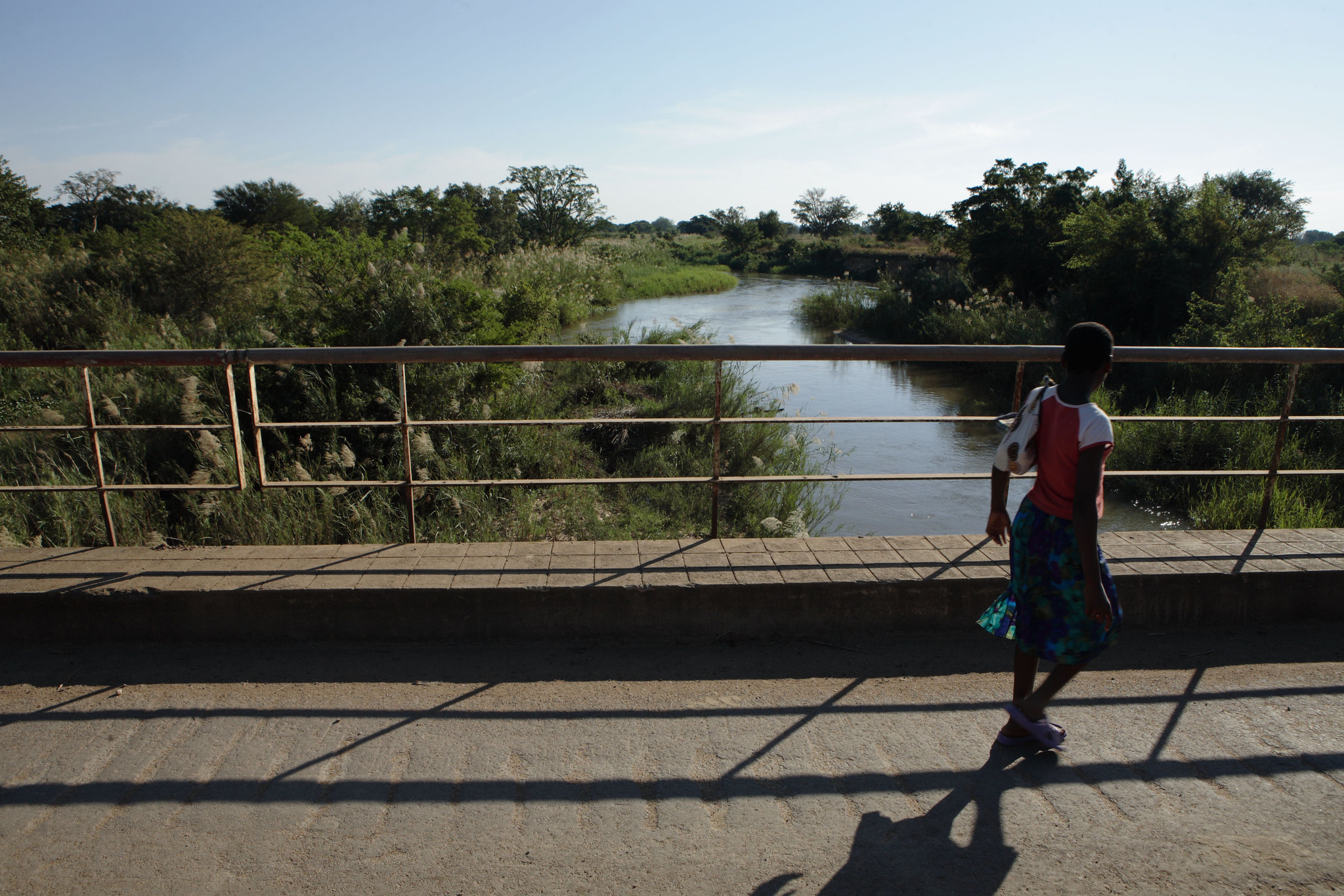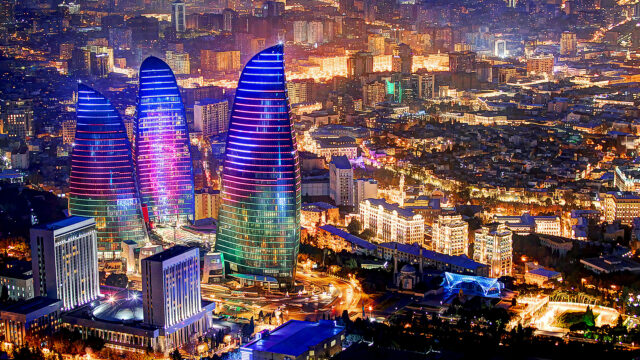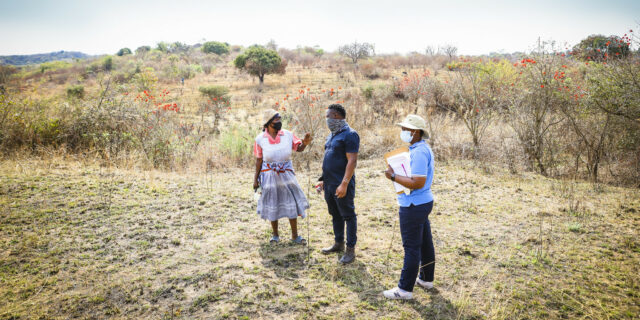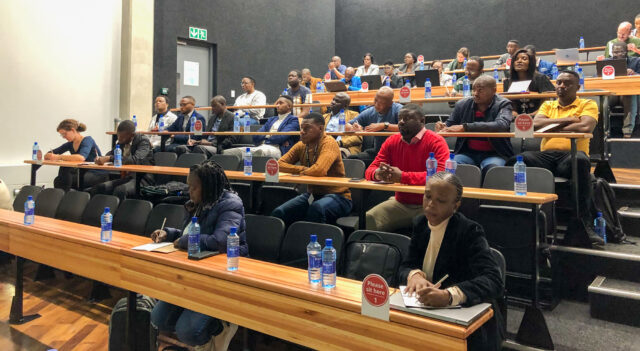
Integrating water resources management in a shared river basin: Applying a nexus tool to support water allocation reform in the Incomati
-
Date
24.05.23
-
Time
06:30 pm > 07:30 pm UTC+05:30
- Registration
Management of the Incomati River Basin, shared by eSwatini, Mozambique, and South Africa, is currently governed by a 2002 interim agreement that stipulates precise volumes of water that must flow from one country to another. The agreement will soon be revised, and a basin-wide River Basin Organization – the Incomati Maputo Watercourse Commission (INMACOM) – was created in 2021 to support this revision process and foster more integrated and holistic approaches to basin management in the Incomati. To support this process, NEXUS Gains has partnered with INMACOM and the University of Manchester to build a robust and comprehensive river basin systems model using an open-source Python water resources (Pywr) framework that accounts for water demands from agriculture, domestic, industry, and energy sectors. The model has several advantages over existing models for the basin: the depth of data on which it was constructed and its capacity to optimize cross-sector resource use to ensure sustainability. This webinar will outline the process of model co-development and present preliminary results centering on emerging opportunities to foster greater benefits through more collective basin management.
Speakers
Jonathan Lautze, Research Group Leader, International Water Management Institute (IWMI) and NEXUS Gains Coordinator for Southern Africa: moderator
Naga Velpuri, Senior Researcher, International Water Management Institute (IWMI): Why do we need nexus tools for the Incomati basin? Overall framework and study goals
Mikiyas Etichia, Research Scholar, University of Manchester, UK: Pywr model setup, calibration, validation, and initial results
Header image: The Incomati River in the Moamba area just upstream from the confluence with the Sabie River from Corumana Dam, Mozambique. 2009 (CC BY-NC-ND 2.0). Photo by John Hogg/World Bank.





